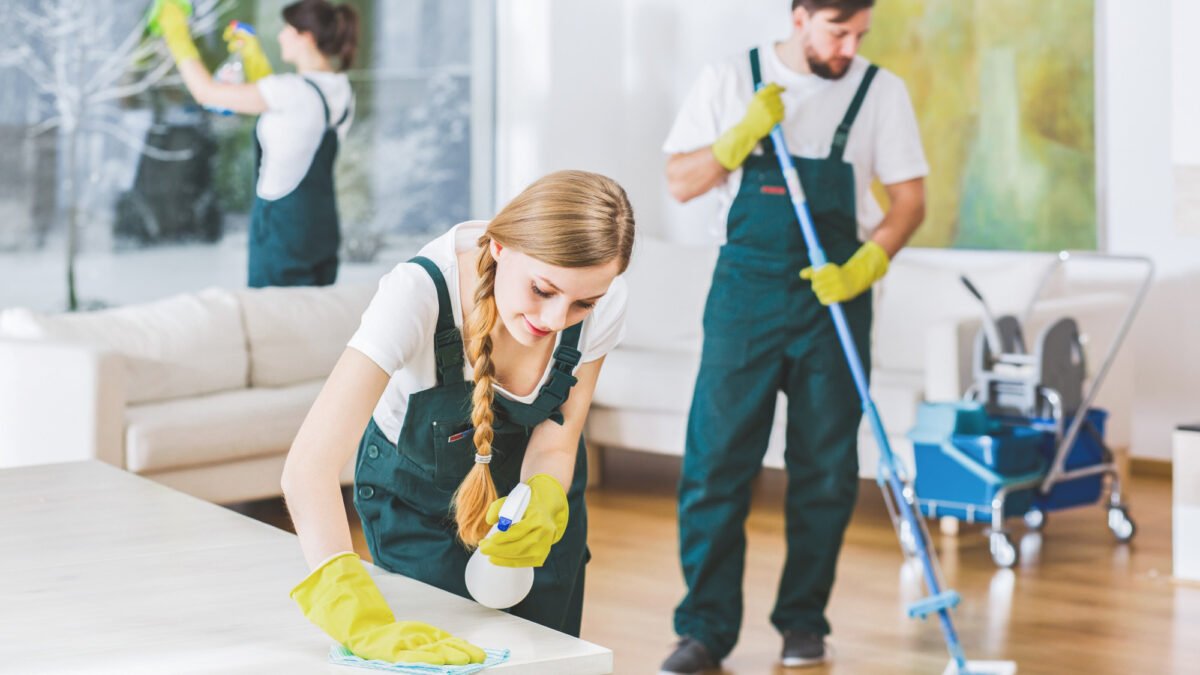Introduction: Cleaning is an indispensable part of maintaining hygiene and preventing the spread of diseases in both residential spaces and healthcare facilities. From homes to hospitals, the effective use of cleaning items is crucial for ensuring cleanliness and safety. In this comprehensive guide, we delve into the various cleaning items essential for both environments, highlighting their uses and importance.
Household Cleaning Items:
- All-Purpose Cleaner: A versatile solution for tackling a wide range of surfaces, from countertops to floors. All-purpose cleaners effectively remove dirt, grime, and stains, leaving surfaces sparkling clean.
- Microfiber Cloths: These specialized cloths are highly effective for dusting and wiping surfaces. They trap dust and dirt particles without spreading them around, making them ideal for cleaning furniture, windows, and electronic screens.
- Vacuum Cleaner: Essential for maintaining clean floors, carpets, and upholstery. Vacuum cleaners efficiently remove dust, pet hair, and allergens, contributing to a healthier indoor environment.
- Broom and Dustpan: Ideal for sweeping debris from hard floors and outdoor areas. Brooms paired with dustpans make quick work of tidying up dirt and dust, ensuring floors remain clean and safe.
- Mop and Bucket: For deep cleaning hard floors, mops paired with buckets provide the necessary tools for thorough sanitation. Whether using a traditional mop or a steam mop, regular mopping helps eliminate germs and bacteria.
- Disinfectants: Crucial for killing harmful bacteria and viruses on surfaces, especially in high-touch areas like kitchens and bathrooms. Disinfectants come in various forms, including sprays, wipes, and concentrates, offering convenient options for household sanitation.
- Gloves and Masks: Personal protective equipment (PPE) such as gloves and masks are essential for safeguarding against exposure to chemicals and pathogens during cleaning activities. They provide an additional layer of protection for both amateur and professional cleaners.
Hospital Cleaning Items:
- Hospital-Grade Disinfectants: Designed to meet stringent cleanliness standards, hospital-grade disinfectants are powerful agents capable of eliminating a wide range of pathogens, including bacteria, viruses, and fungi. These disinfectants play a critical role in preventing healthcare-associated infections (HAIs).
- Disposable Wipes: Convenient for quick disinfection of surfaces in healthcare settings, disposable wipes are pre-moistened with disinfectant solutions. They offer a practical solution for maintaining cleanliness in patient rooms, examination areas, and medical equipment.
- Autoclaves: Essential for sterilizing medical instruments and equipment, autoclaves use steam under pressure to kill bacteria, viruses, and other microorganisms. Proper sterilization is crucial for preventing cross-contamination and ensuring patient safety.
- UV-C Light Devices: Utilized for supplemental disinfection in healthcare facilities, UV-C light devices are effective at killing bacteria and viruses on surfaces and in the air. These devices provide an additional layer of protection in areas where thorough cleaning may be challenging.
- Floor Scrubbers: Designed for heavy-duty cleaning of hospital floors, floor scrubbers utilize rotating brushes and cleaning solutions to remove dirt, grime, and pathogens. These machines are particularly valuable in high-traffic areas prone to contamination.
- Protective Apparel: In addition to gloves and masks, healthcare workers utilize a range of protective apparel, including gowns, face shields, and shoe covers, to minimize the risk of exposure to infectious agents during cleaning and patient care activities.
Conclusion: Whether in homes or hospitals, the use of appropriate cleaning items is essential for maintaining cleanliness, preventing infections, and ensuring the safety of occupants. From all-purpose cleaners and microfiber cloths to hospital-grade disinfectants and UV-C light devices, each cleaning item serves a vital role in promoting hygiene and well-being. By understanding their uses and importance, we can create cleaner and healthier environments for everyone.

